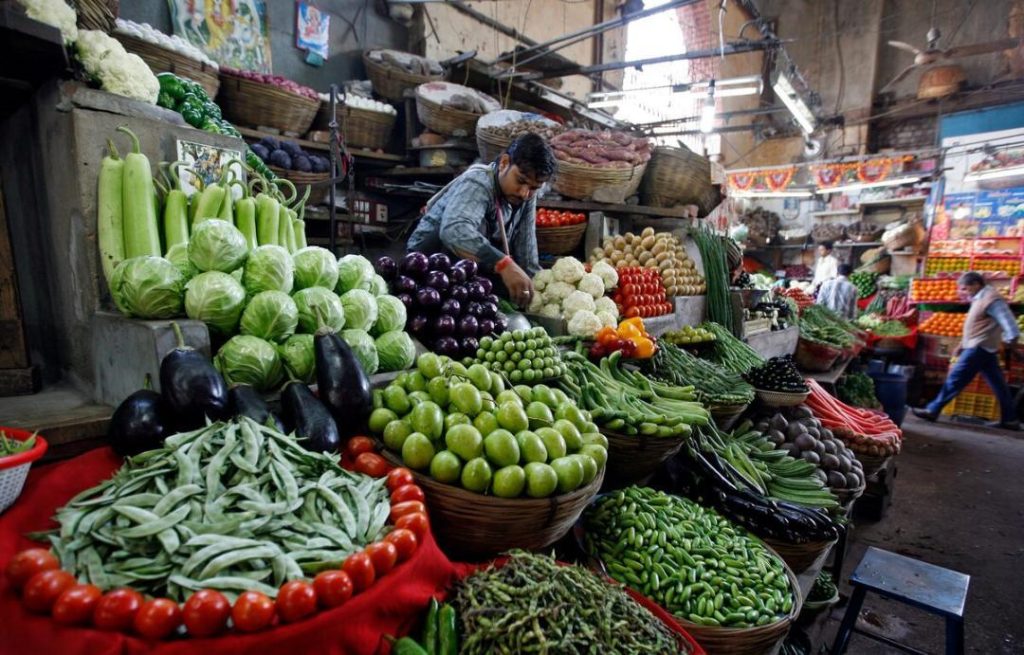
Which items saw highest & lowest inflation in January?
As we kick off a new year, it’s essential to stay updated on the current economic trends, including inflation rates. Inflation can significantly impact our daily lives, affecting the prices of essential commodities and our purchasing power. In this blog post, we’ll delve into the top five items showing the highest year-on-year inflation in January 2025 and the key items with the lowest year-on-year inflation during the same period.
Highest Year-on-Year Inflation in January 2025
According to a recent report by Moneycontrol, the top five items showing the highest year-on-year inflation at the all-India level in January 2025 are:
- Coconut oil (54.20%): Coconut oil has taken the top spot, with a whopping 54.20% year-on-year inflation rate. This significant increase is likely due to the high demand for coconut oil, particularly in the Indian market.
- Potato (49.61%): Potatoes are a staple food in many Indian households, and their inflation rate has skyrocketed to 49.61% year-on-year. This could be attributed to factors such as crop failures, transportation issues, or changes in farming practices.
- Coconut (38.71%): Coconuts are another essential commodity in India, and their inflation rate has increased by 38.71% year-on-year. This could be due to factors such as supply chain disruptions, transportation issues, or changes in global demand.
- Garlic (30.65%): Garlic is a popular spice in Indian cuisine, and its inflation rate has increased by 30.65% year-on-year. This could be attributed to factors such as crop failures, transportation issues, or changes in global demand.
- Peas (30.17%): Peas are a staple vegetable in many Indian households, and their inflation rate has increased by 30.17% year-on-year. This could be due to factors such as crop failures, transportation issues, or changes in global demand.
Lowest Year-on-Year Inflation in January 2025
On the other hand, the key items with the lowest year-on-year inflation in January 2025 are:
- Jeera (-32.25%): Jeera, also known as cumin, has seen a significant decrease in its inflation rate, with a year-on-year rate of -32.25%. This could be attributed to factors such as oversupply, reduced demand, or changes in global market trends.
- Ginger (-30.92%): Ginger is another spice that has seen a significant decrease in its inflation rate, with a year-on-year rate of -30.92%. This could be due to factors such as oversupply, reduced demand, or changes in global market trends.
- Dry chillies (-11.27%): Dry chillies are a popular spice in Indian cuisine, and their inflation rate has decreased by 11.27% year-on-year. This could be attributed to factors such as oversupply, reduced demand, or changes in global market trends.
- Brinjal (-9.94%): Brinjal, also known as eggplant, is a popular vegetable in India, and its inflation rate has decreased by 9.94% year-on-year. This could be due to factors such as oversupply, reduced demand, or changes in global market trends.
- LPG (-9.29%): LPG, or liquefied petroleum gas, is a popular cooking fuel in India, and its inflation rate has decreased by 9.29% year-on-year. This could be attributed to factors such as reduced demand, changes in global market trends, or government initiatives to reduce prices.
Conclusion
In conclusion, the highest year-on-year inflation in January 2025 was seen in coconut oil, followed by potato, coconut, garlic, and peas. On the other hand, the key items with the lowest year-on-year inflation were jeera, ginger, dry chillies, brinjal, and LPG. It’s essential for consumers to stay updated on inflation rates to make informed decisions about their spending habits and investments.
Source:






